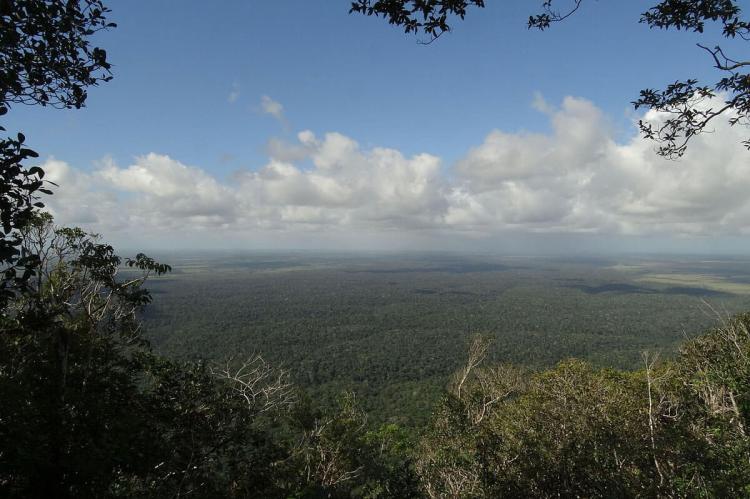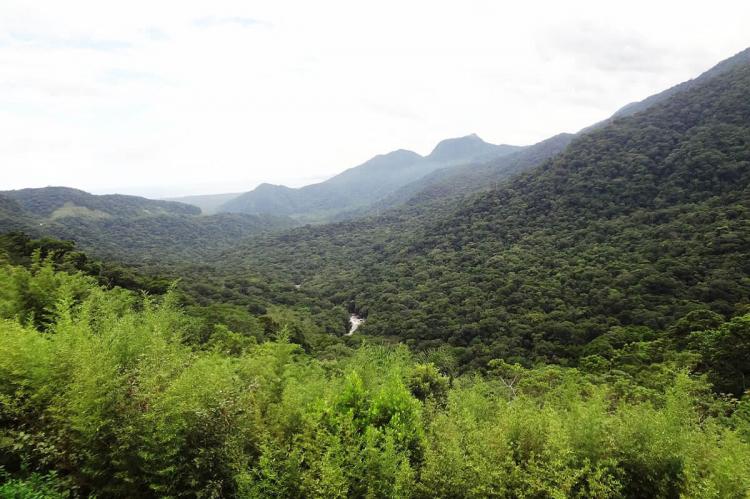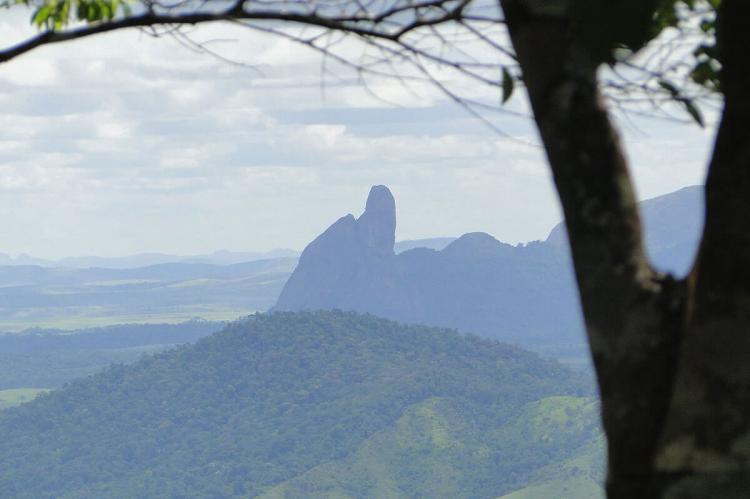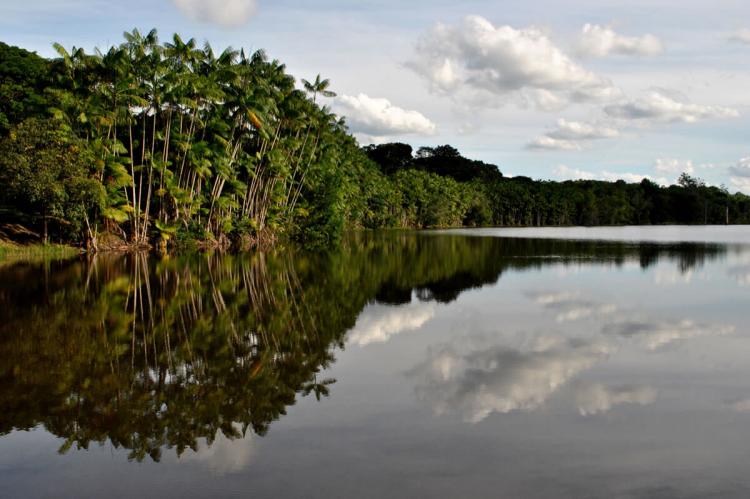Preservation of Biodiversity: Brazil's Discovery Coast Atlantic Forest Reserves
The Discovery Coast Atlantic Forest Reserves in northeastern Brazil showcase the Atlantic Forest biome's evolutionary history and ecological processes. Coastal tablelands, sandy beaches, sea cliffs, lagoons, and coral reefs create a habitat for a diverse range of flora and fauna.
Preservation of Biodiversity: Brazil's Discovery Coast Atlantic Forest Reserves
The Discovery Coast Atlantic Forest Reserves, situated along Brazil's northeastern Atlantic coast, between the southern coast of Bahia and the northern coast of Espírito Santo, represent a remarkable example of preservation efforts to safeguard the rich biodiversity and ecological significance of the Atlantic Forest biome.
Covering nearly 112,000 hectares (277,000 acres), this World Heritage Site comprises a mosaic of diverse ecosystems, including dense rainforests, coastal tablelands, mangrove swamps, and coral reefs. In this essay, we delve into the significance of these reserves, their ecological characteristics, and the efforts undertaken for their conservation.
Ecological Diversity and Significance
The Discovery Coast Atlantic Forest Reserves encompass a remarkable array of ecosystems, showcasing the Atlantic Forest biome's evolutionary history and ecological processes in northeastern Brazil. The landscape is characterized by coastal tablelands, sandy beaches, sea cliffs, lagoons, and coral reefs, providing habitat for a plethora of flora and fauna.
The Atlantic Forest, within which these reserves are nestled, is renowned for its high biodiversity and endemism and harbors a stunning diversity of plant and animal life. Ecoregions range from seasonal moist and dry broad-leaf tropical forests to mangrove forests. Notably, these reserves are estimated to contain approximately 20% of the world's flora, including 627 endangered plant species. The forests are particularly rich in tree species, with more than 450 species of trees identified in certain areas, illustrating the exceptional botanical diversity of the region.
Protected Areas within the Reserves
The Discovery Coast Atlantic Forest Reserves consist of eight protected areas, each crucial in preserving the region's biodiversity. These protected areas contribute significantly to the conservation of the Atlantic Forest biome and provide a sanctuary for many endangered plant and animal species.
Descobrimento National Park: Spanning over 22,000 hectares (54,000 acres) in Prado, Bahia, this park is a part of the Central Atlantic Forest Ecological Corridor. It serves as a sanctuary for diverse ecosystems and supports scientific research, environmental education, and ecotourism initiatives.
Monte Pascoal National Park: Encompassing over 22,000 hectares (54,000 acres) across Porto Seguro and Prado in Bahia, this park protects significant natural ecosystems. It facilitates research, education, and outdoor recreation activities.
Pau Brasil National Park: Located in Porto Seguro, Bahia, this park spans nearly 19,000 hectares (47,000 acres) and preserves a remnant of the dense lowland rainforest of the Atlantic Forest biome.
Sooretama Biological Reserve: Covering over 27,000 hectares (66,000 acres) in Espírito Santo, this reserve aims to preserve the biota and natural attributes of the region without human interference.
Una Biological Reserve: Situated in Bahia, this reserve spans approximately 18,000 hectares (44,000 acres) and is dedicated to fully preserving the region's biota and natural attributes.
Veracruz Station Private Forest Reserve: Known as the Veracel Station, this private reserve of approximately 21,000 ha (50,000 acres) is located near Porto Seguro in Bahia.
Vale Natural Reserve: This reserve is a vast protected area covering over 23,000 hectares (56,000 acres) of old-growth forest in Linhares, Espírito Santo.
Pau-Brasil Ecological Station: The Pau-Brasil Ecological Station in Bahia protects a stand of the endangered Pau Brazil trees within an area of about 82 hectares (200 acres).
Biodiversity Conservation Efforts
The Discovery Coast Atlantic Forest Reserves represent a concerted effort to safeguard the region's exceptional biodiversity and ecological heritage. These reserves serve as crucial habitats for a diverse array of species, including 261 species of mammals, 620 birds, 280 amphibians, and 200 reptiles. Alarmingly, however, a significant proportion of these species face extinction threats, with 185 species classified as endangered, including 100 endemic ones, classified as endangered.
Conservation efforts within these reserves encompass a range of strategies, including habitat restoration, wildlife monitoring, and community engagement initiatives. Additionally, scientific research and environmental education programs are integral to conservation endeavors, fostering a greater understanding of the region's ecological significance and promoting sustainable stewardship practices among local communities and visitors alike.
Conclusion
The Discovery Coast Atlantic Forest Reserves stand as a testament to the importance of preserving Earth's biodiversity and natural heritage. Through the establishment of protected areas and conservation initiatives, these reserves play a crucial role in safeguarding the ecological integrity of the Atlantic Forest biome and mitigating the threats its diverse flora and fauna face. Continuing efforts to enhance conservation measures, promote sustainable development, and foster community involvement will ensure these invaluable ecosystems' long-term viability and resilience.





